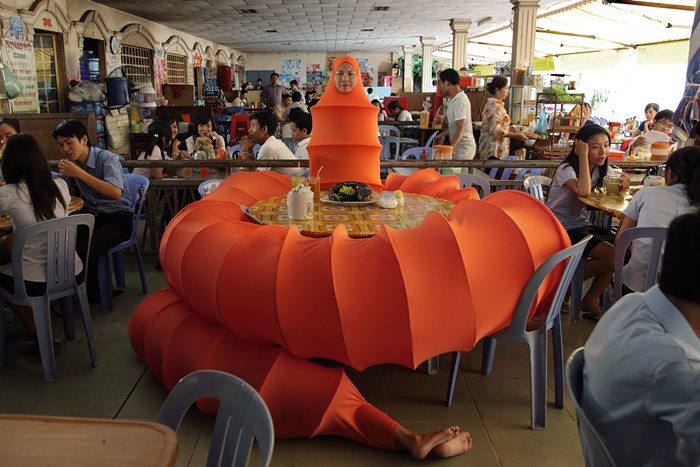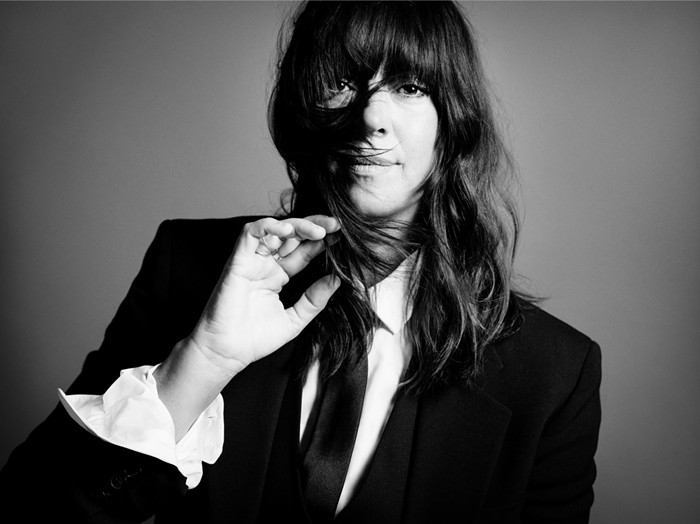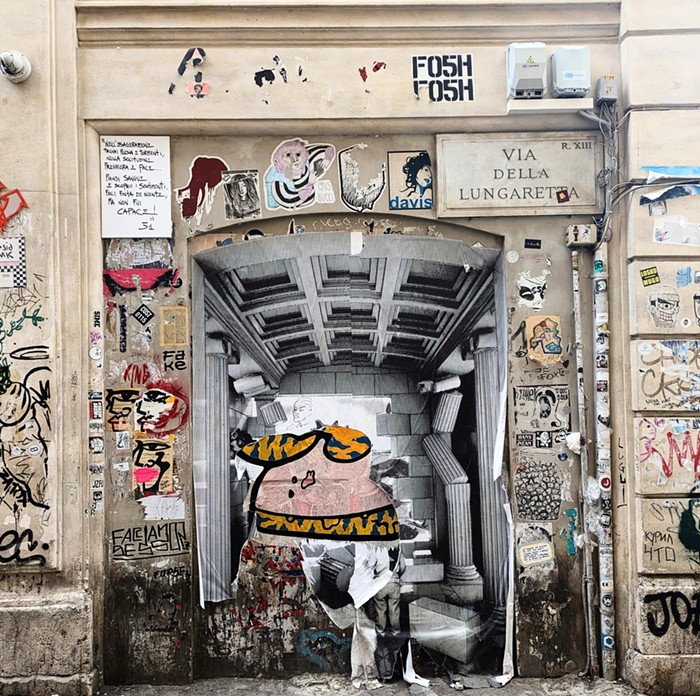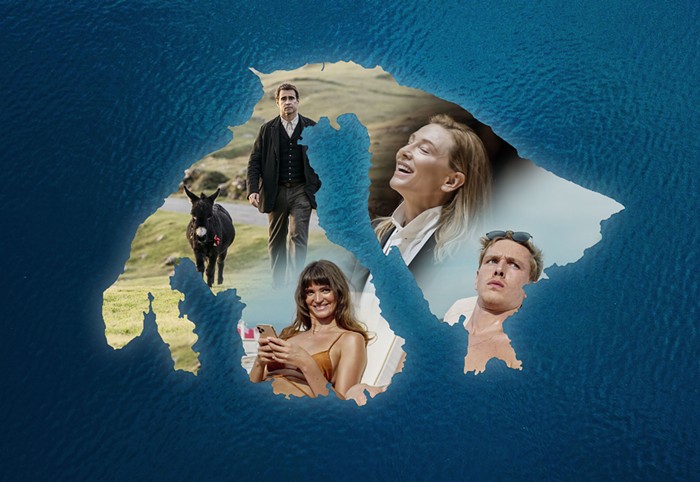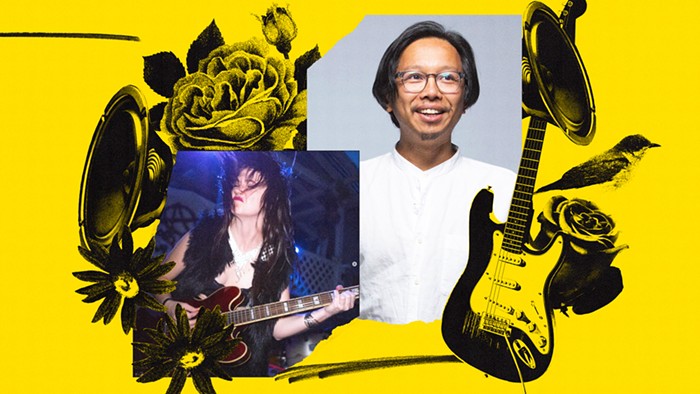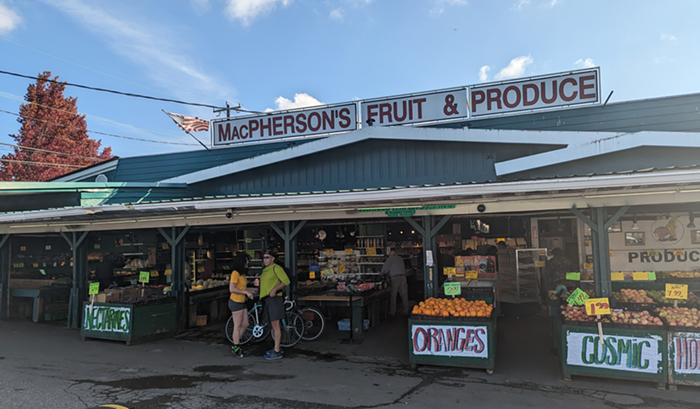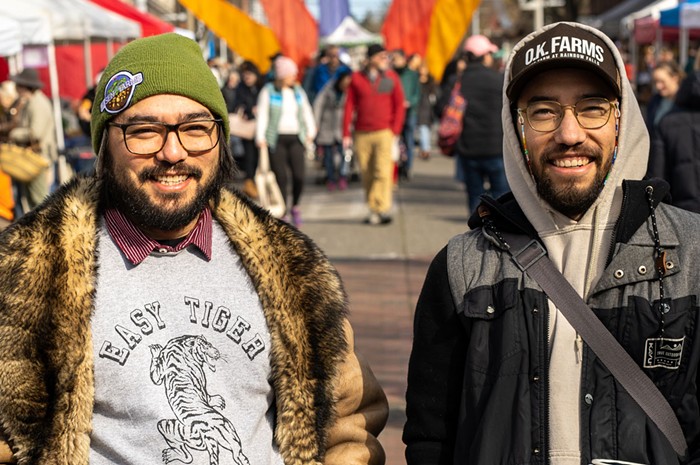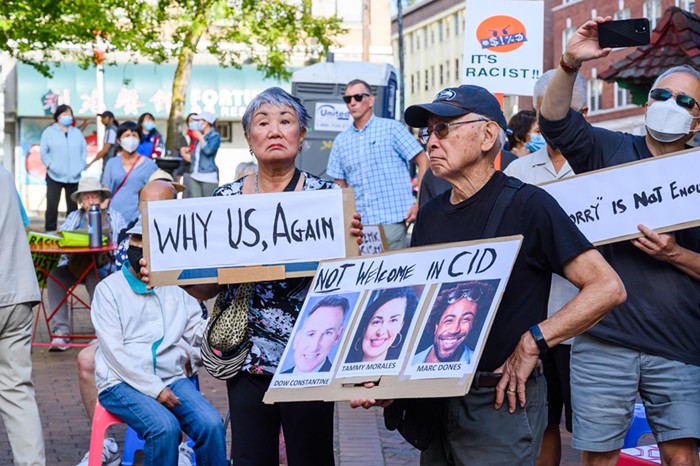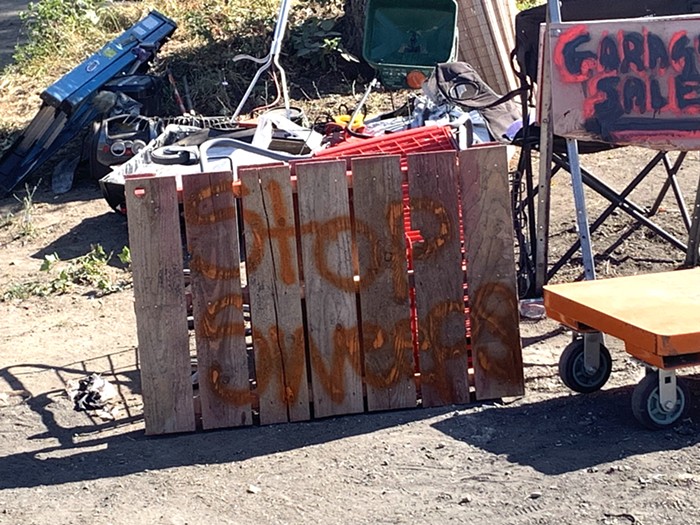Picasso: Masterpieces from the Museé National Picasso, Paris, at Seattle Art Museum, has a dumb title because of the dumb word "masterpieces"—when you have more than 150 paintings, drawings, sculptures, photographs, and prints, some are very certainly not masterpieces (a few are even bad, which is fun). But the exhibition as a whole is the opposite of that emaciated, fat-suit-wearing Michelangelo show that visited SAM earlier this year. You really get the sense of Picasso's immense span, which was his second-best trait.
His best trait was his fight. He wasn't above the pretty, the fashionable, and the easy (for someone as talented as he was), but at his best, he innovated in artistic terms that also demonstrated and pushed for greater intelligence and decency in the world. Ways of seeing that tried to acknowledge multiple viewpoints. Ways of being open to pain, love, crisis, curiosity, exploration. For paintings like Guernica and Les Demoiselles d'Avignon (they're not here, though there are a few studies for the Dem), he has my undying admiration.
The day after the press preview, at Dale Chihuly's Boathouse on Lake Union, Artist Trust announced and celebrated the two Seattle artists receiving the 2010 Arts Innovator Award. Money-wise, this new award is the biggest award for any individual artist in any discipline (visual and performing arts included) in Washington State: $25,000 (each). It's sponsored by the Dale and Leslie Chihuly Foundation and will be given for three years, in total awarding $150,000 to six local artists. That's an awesome gift from one artist to others (though I still am not convinced to support a Chihuly museum at Seattle Center).
But an award is only as good as its recipients, and the recipients are only as good as the panelists. The 2010 Arts Innovator Award winners are Leo Berk and Margie Livingston. Berk makes topographically based sculptures that can be exquisite, but they don't really expand on what a sculpture can be or do. Livingston is even less innovative. What she does, she does well, but there's nothing innovative about making abstract paintings based on the observation of nature, or of letting skeins of paint dry in colored pools. (This opens questions worth exploring, starting with who should get the awards. My list would include Susan Robb and Implied Violence, for starters.)
The panelists who chose the winners were Thatcher Bailey, executive director of Seattle Parks Foundation; Beth Sellars, curator at Suyama Space; Kumani Gantt, CD Forum executive director; Greg Robinson, Museum of Northwest Art executive director; and Shawn Brixey, cofounder of the University of Washington's DXArts program. With all due respect, their choices are devastatingly conservative and reflect poorly on them, on Artist Trust, and on the Dale and Leslie Chihuly Foundation. ![]()
